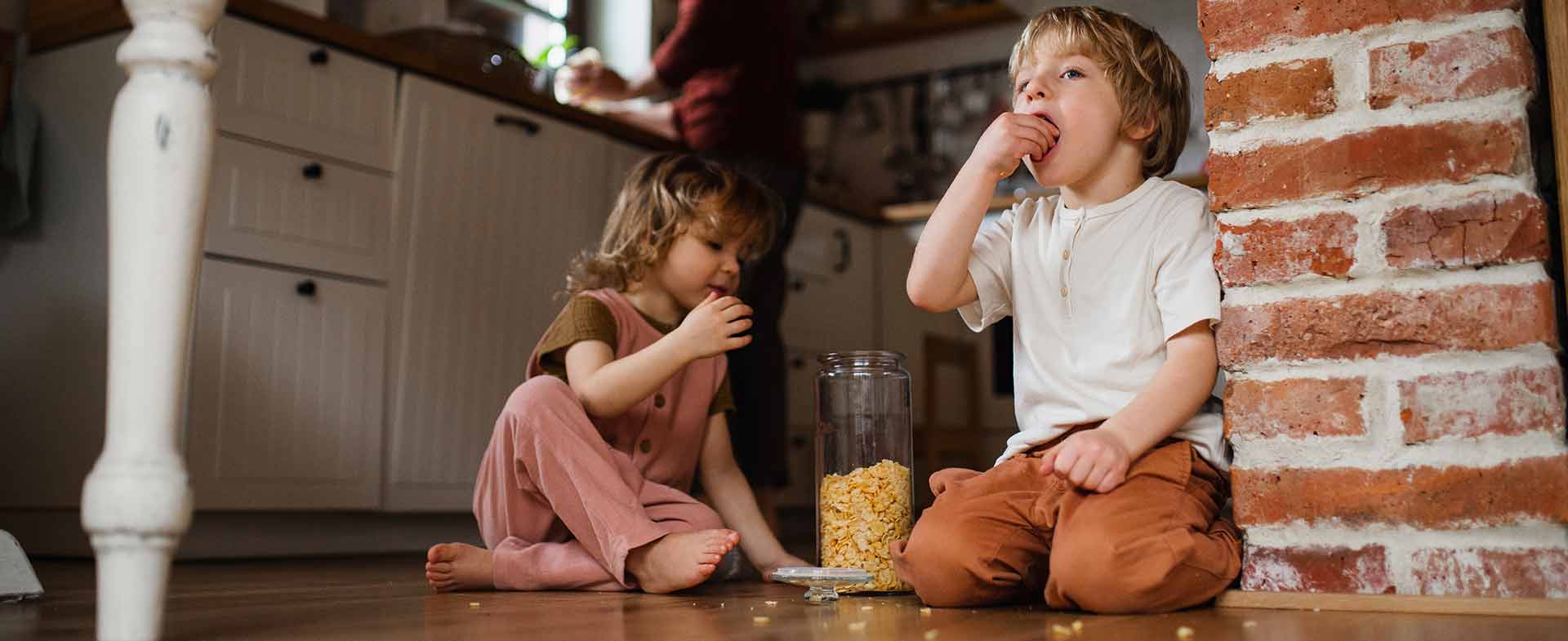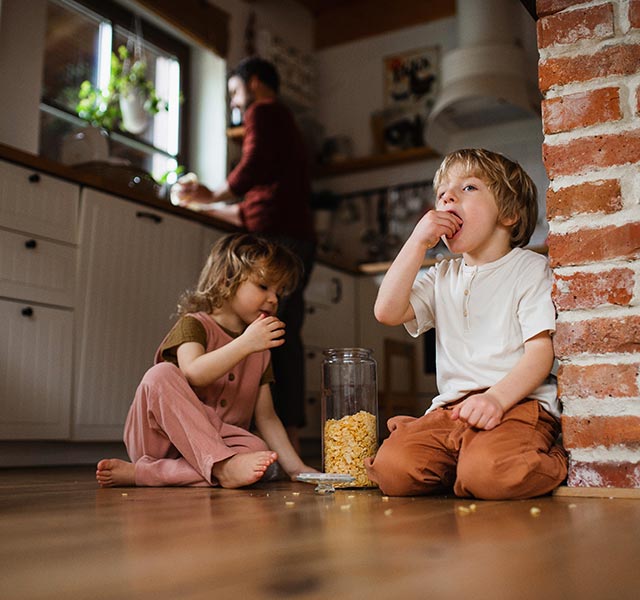Dropping food on the floor is a common occurrence for all of us. If you’ve got kids, it’s one that probably happens several times every day. And when that food hits the floor, someone will undoubtedly evoke the “5-second rule,” picking it up and eating or serving it anyway.
The belief behind this so-called “rule” is that it takes more than five seconds for potentially harmful bacteria on the floor to attach to and contaminate your food. Those contaminants could include bacteria that cause any type of foodborne illness. But is the 5-second rule based on scientific fact?
“I do believe in the 5-second rule,” says Sana R. Zuberi, M.D., a family medicine physician at Henry Ford Health. “I think it’s worth it to not keep throwing food away.”
However, Dr. Zuberi does acknowledge that some scenarios call for more caution than others. “The odds of contamination are lower the less time food spends on the floor,” she says. “But the rate of transmission depends on several factors, so time alone is not a guarantee.”
The Type Of Food You Drop
There is a difference between dropping a dry cracker on the ground and dropping a slice of juicy cantaloupe. “Moisture plays a huge role in how quickly food can pick up bacteria,” says Dr. Zuberi. “Something moist is likely to pick up contamination faster than a dry food.”
A 2016 study published in the journal of Applied and Environmental Microbiology compared contamination times and concentrations for different food types. They looked at watermelon, bread, bread with butter, and gummy candy. Not surprisingly, watermelon slices picked up the most bacteria, most quickly.
Where You Drop The Food
When it comes to contamination, the type of surface the food falls on may also make a difference. The same study found that carpet transferred less bacteria onto dropped food than hard surfaces, such as tile.
The type of flooring may be an issue, but so is the location. “I would avoid eating food off the floor in places that generally have higher levels of contamination — such as a school, daycare center, public bathroom or hospital,” says Dr. Zuberi. “Your own home is probably the safest, especially if no one wears shoes inside the house that can bring in bacteria.”
You can also potentially end-run the 5-second rule by washing food that falls on the floor before eating. Rinsing it thoroughly can help remove any bacteria that have attached to the surface. (Of course, this option works better for foods like fruits or vegetables — not so well for cookies or bread.)
Timing Does Matter
While the 5-second designation may seem somewhat arbitrary, it seems there is some truth to that cut-off time.
The 2016 study did find that spending more time on the floor resulted in higher bacteria transfer rates. “Bacteria particles take time to travel and to collect at a high enough concentration to make you sick,” says Dr. Zuberi. “In less than five seconds, you’re less likely to reach that level of contamination.”
That said, the study did also find that certain foods (again, the wetter, more absorbent ones) collected some bacteria immediately upon hitting the floor.
The bottom line? The 5-second rule is probably safe to follow most of the time. But ultimately, the safest approach may be: When in doubt, throw it out.
Subscribe today to receive weekly emails of our latest tips.
To find a doctor at Henry Ford, visit henryford.com or call 1-800-436-7936.
Dr. Sana Zuberi is a family medicine physician with Henry Ford Health. She sees patients at Henry Ford Medical Center in Plymouth.



